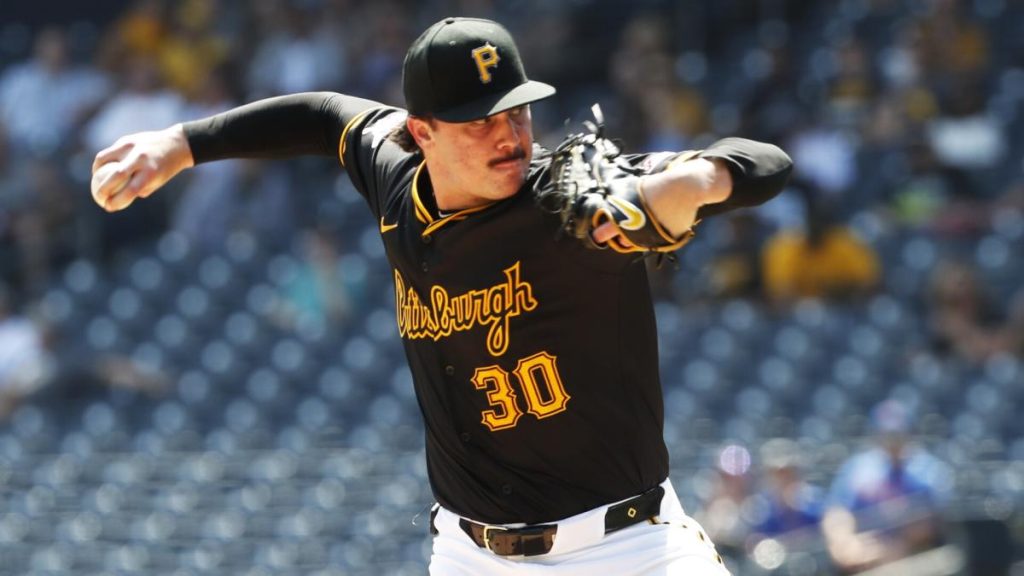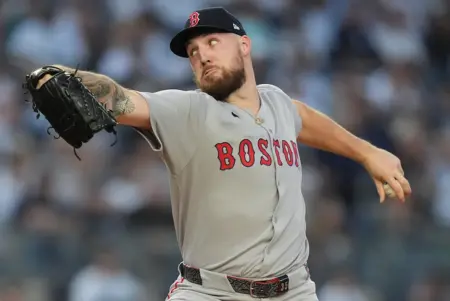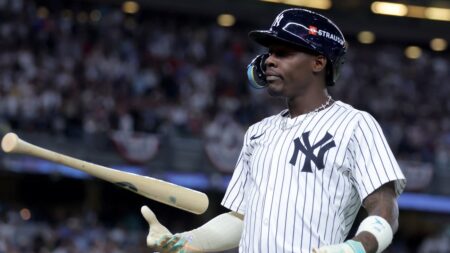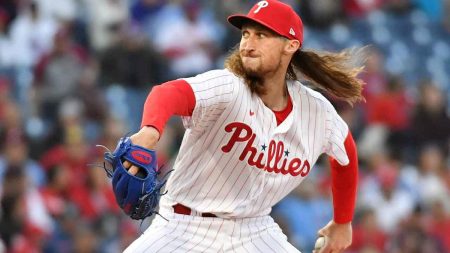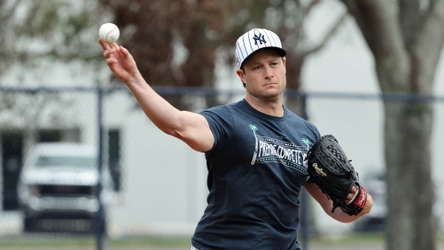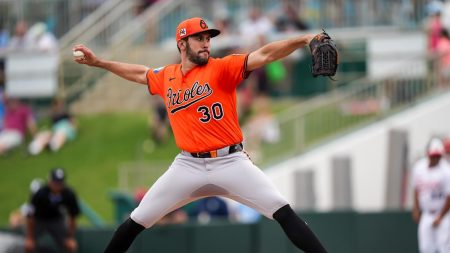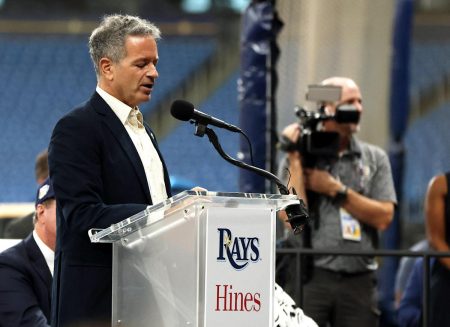Introduction: Spring Training Arrives
It’s that time of year again—spring training is upon us, and with it comes the annual ritual of ranking pitchers for the upcoming fantasy baseball season. This year, I’m diving into my 2025 rankings for the top 150 starting pitchers. As someone who spends a significant amount of time watching and analyzing pitchers, I often find it challenging to finalize these rankings. The nuances of a pitcher’s arsenal, command, and approach can change rapidly, and I try to incorporate these factors beyond just surface-level statistics.
Methodology and Analysis
When I rank pitchers, I rely on more than just last year’s SIERA, K-BB%, swinging strike rate (SwStr%), and Ideal Contact Rate (ICR). While these metrics provide a solid foundation, I place a greater emphasis on a pitcher’s arsenal, command, and ability to make adjustments. I use resources like Pitcher List pages and my own observations to assess a pitcher’s ability to consistently hit the strike zone, miss bats, and adapt when necessary. I avoid using projections, which can sometimes oversimplify the complexity of a pitcher’s performance. The rankings are split into tiers, named to reflect the rationale behind each tier’s placement. These tiers are more important than the rankings within them, and I encourage you to read the detailed thoughts below to understand the reasoning behind each placement.
Top Fantasy Baseball Starting Pitchers
- Tarik Skubal (Tigers)
- Analysis: Skubal’s deep arsenal and consistent performance in the strike zone give him the edge over Paul Skenes, who struggles with command. Despite Skenes’ high velocity, his tendency to nibble early in counts and a 55th-percentile zone rate last season make Skubal the safer choice.
- Paul Skenes (Pirates)
- Analysis: Skenes’ high fastball velocity is a double-edged sword. While it generates strikeouts, his command issues and tendency to nibble can lead to walks and hard contact. Skenes has addressed these issues in the off-season, but I still prefer Skubal’s approach and team context.
- Zack Wheeler (Phillies)
- Analysis: Wheeler’s consistency and reliability make him one of the most dependable starters in baseball. He’s not a high-strikeout pitcher, but his ability to manage innings and produce solid ratios makes him a valuable asset.
- Garrett Crochet (Red Sox)
- Analysis: Crochet’s elite ability to find the zone and generate swings and misses is unparalleled. His three fastballs and strong secondary offerings make him a top-tier starter. Despite concerns about his second-half performance, I believe this was largely due to artificial constraints and he is poised for a strong season.
- Corbin Burnes (Diamondbacks)
- Analysis: Burnes’ consistent performance and workload history make him a reliable fantasy ace. Concerns about his cutter and workload are overblown, as he has adapted well and continues to be a dominant force.
- Jacob deGrom (Rangers)
- Analysis: DeGrom’s elite skills and health make him a must-draft ace. Even with a reduced innings total, his dominance ensures elite production. His ability to generate strikeouts and maintain low contact rates is unparalleled.
Fringe Aces with Potential
- Logan Gilbert (Mariners)
- Analysis: Gilbert’s elite slider and strong extension on his fastball make him a solid starter. However, his inconsistency in command and tendency to miss the middle of the plate suggest potential WHIP regression.
- Michael King (Padres)
- Analysis: King’s strong second half of the season, including a 2.81 ERA and 27.6% strikeout rate, makes him a valuable asset. His transition from relief to starting looks promising, and he should be a reliable SP1.
- Cole Ragans (Royals)
- Analysis: Ragans’ consistency and strong secondary pitches make him a solid starter. Although his cutter and fastball showed signs of regression, his overall performance suggests he has room for improvement.
- George Kirby (Mariners)
- Analysis: Kirby’s elite command and solid secondary pitches make him a safe bet, though his ceiling may not be as high as some of his peers. He is a reliable accumulator of innings but may lack the high-strikeout upside.
Healthy but Injury-Prone Potential Aces
- Gerrit Cole (Yankees)
- Analysis: Cole’s aging and declining fastball velocity raise concerns, but his ability to mix pitches and hit his spots remains strong. He should still provide solid production over 180 innings.
- Yoshinobu Yamamoto (Dodgers)
- Analysis: Yamamoto’s solid four-seam fastball and elite splitter make him a formidable starter. Despite potential innings caps, his consistent performance and strong secondary pitches suggest he can be a reliable SP2.
- Blake Snell (Dodgers)
- Analysis: Snell’s inconsistency is a concern, but his strong track record and ability to miss bats make him a valuable asset. Projection for 140 innings of strong production makes him a worthwhile pick.
- Max Fried (Yankees)
- Analysis: Fried’s consistency and solid secondary pitches make him a reliable starter. His changeup’s regression in 2024 is a minor concern, but his overall track record suggests he can return to form.
- Chris Sale (Braves)
- Analysis: Sale’s health and command are key factors. While he may not repeat his 2024 performance, his ability to dominate when healthy makes him a valuable SP2 with limited innings.
Conclusion
These rankings are a reflection of my in-depth analysis of each pitcher’s arsenal, command, and ability to adapt. While there are always uncertainties and potential injuries to consider, these tiers and rankings provide a solid foundation for your fantasy baseball draft. As always, keep an eye on spring training and make adjustments as needed. Happy drafting!

